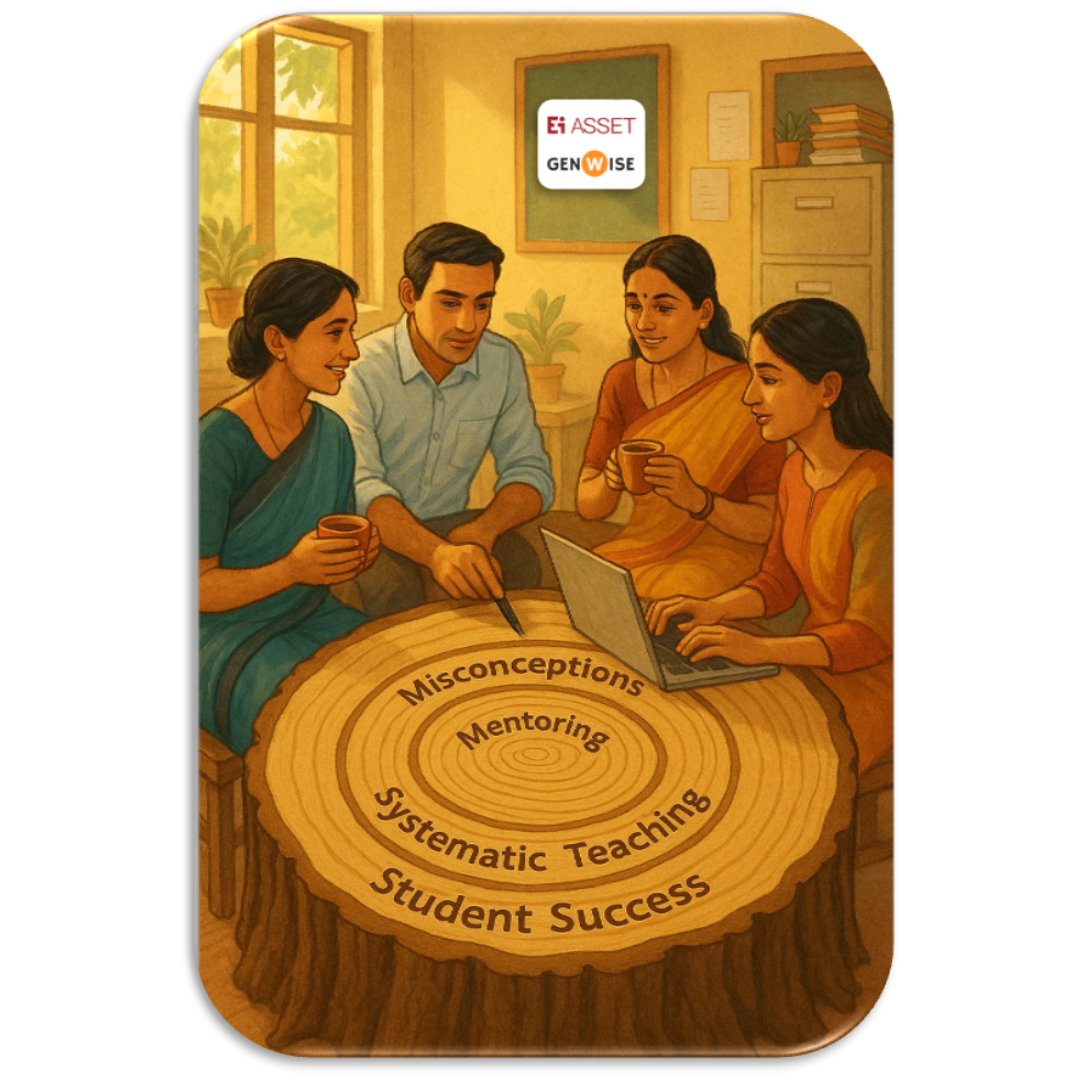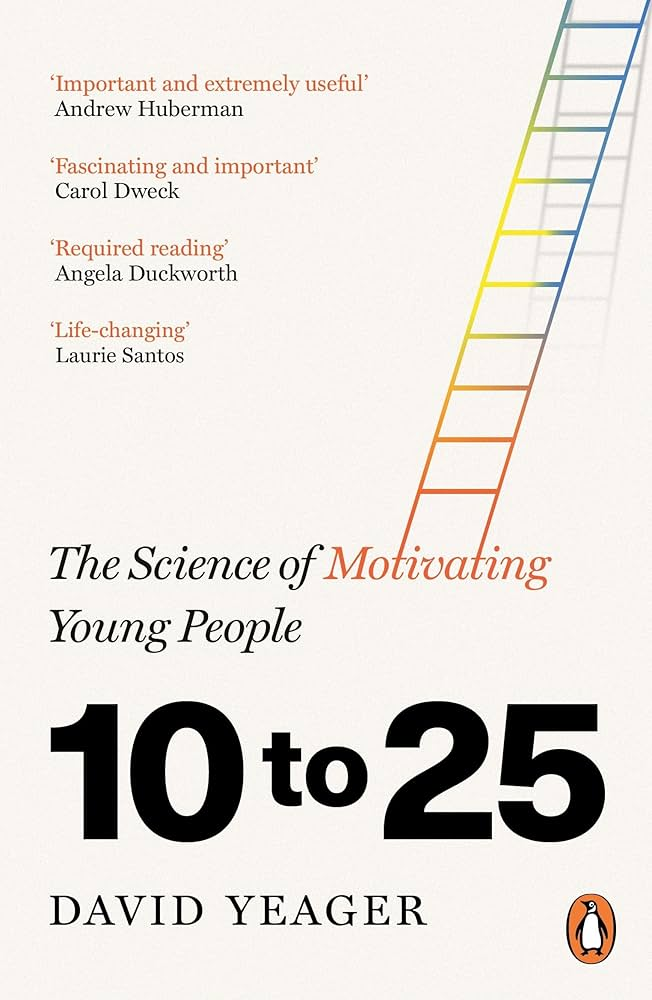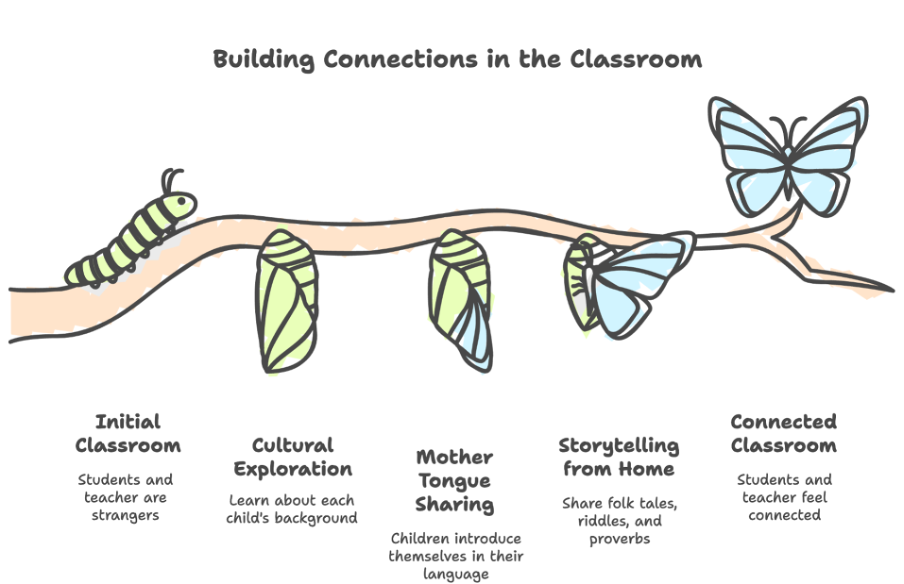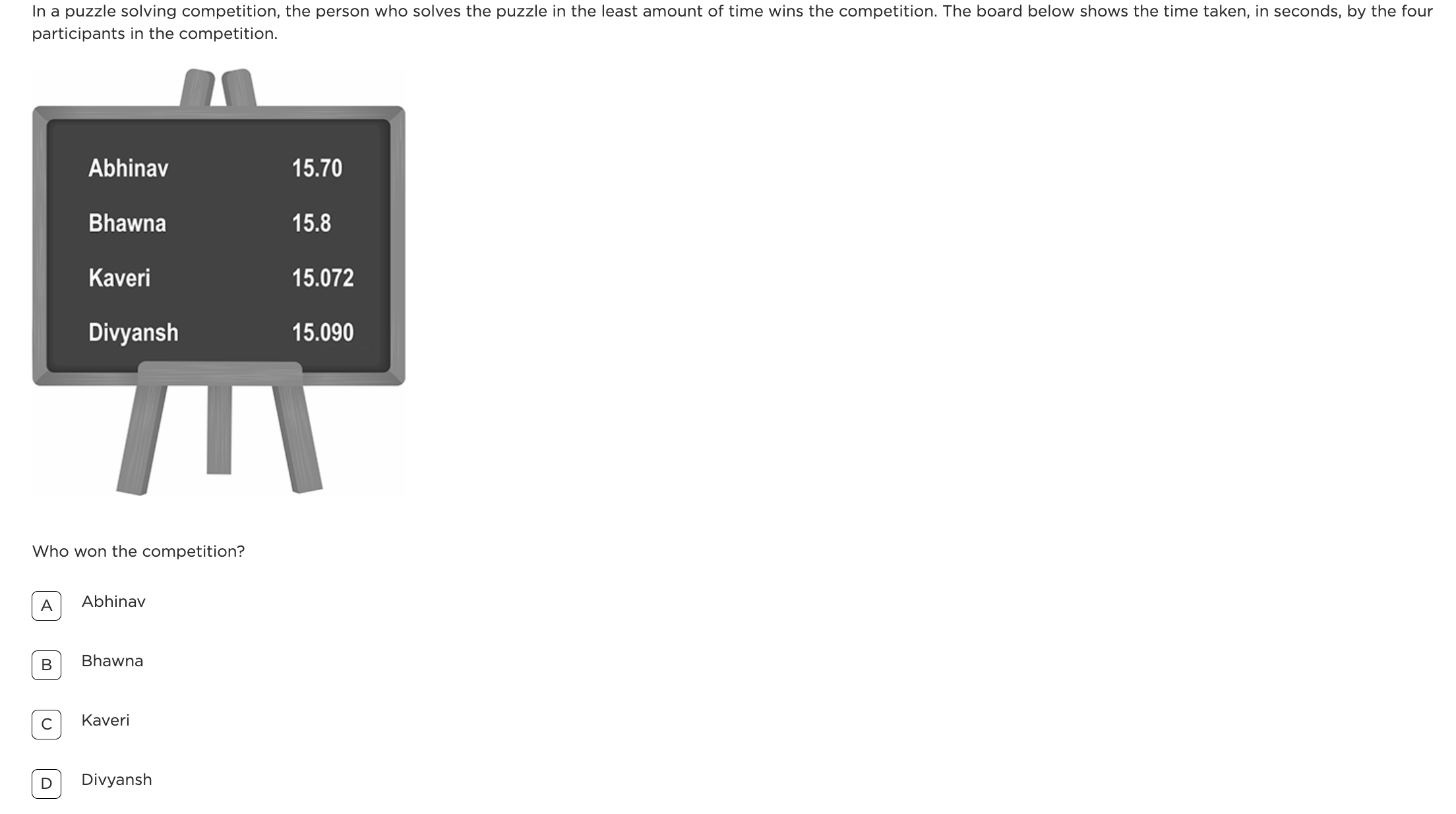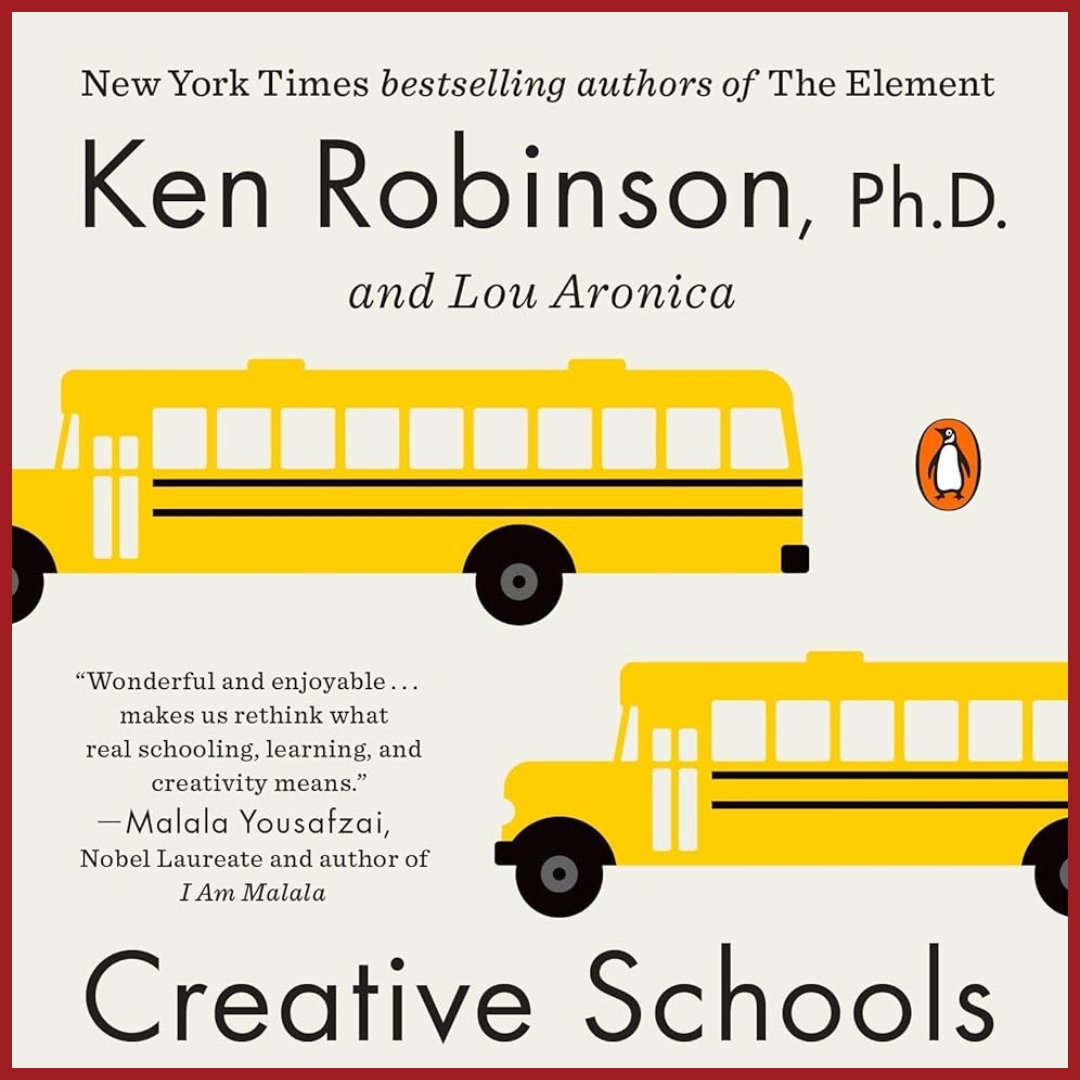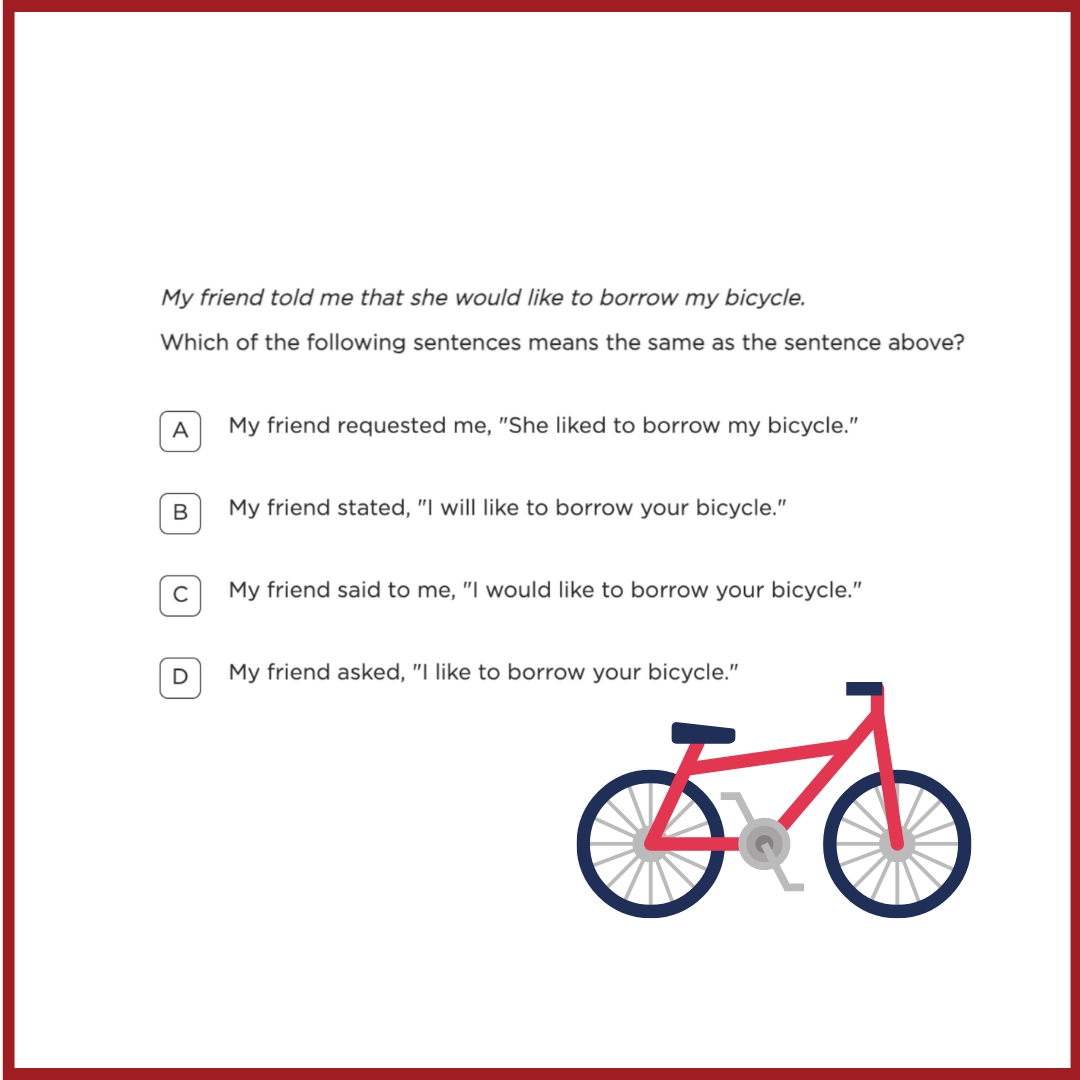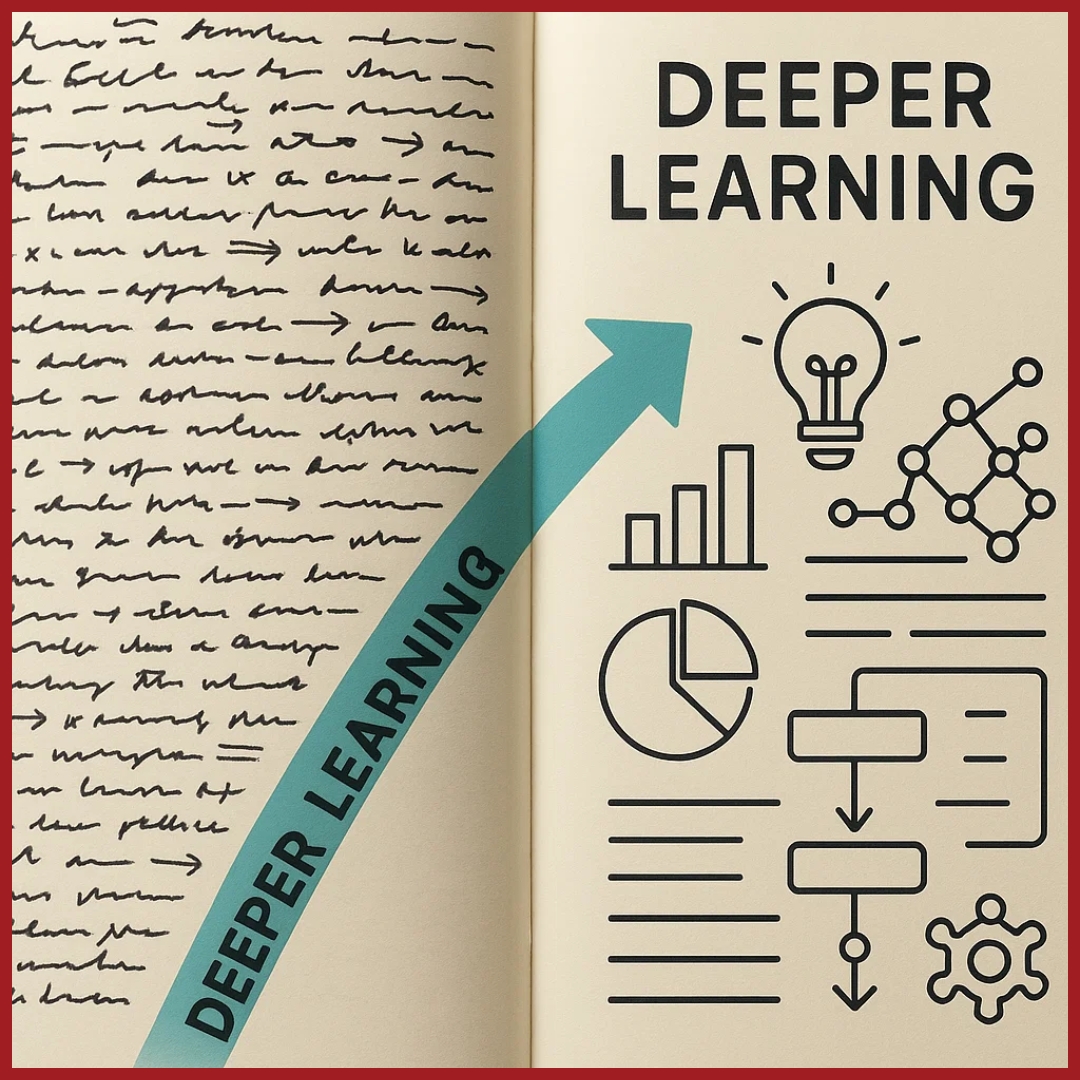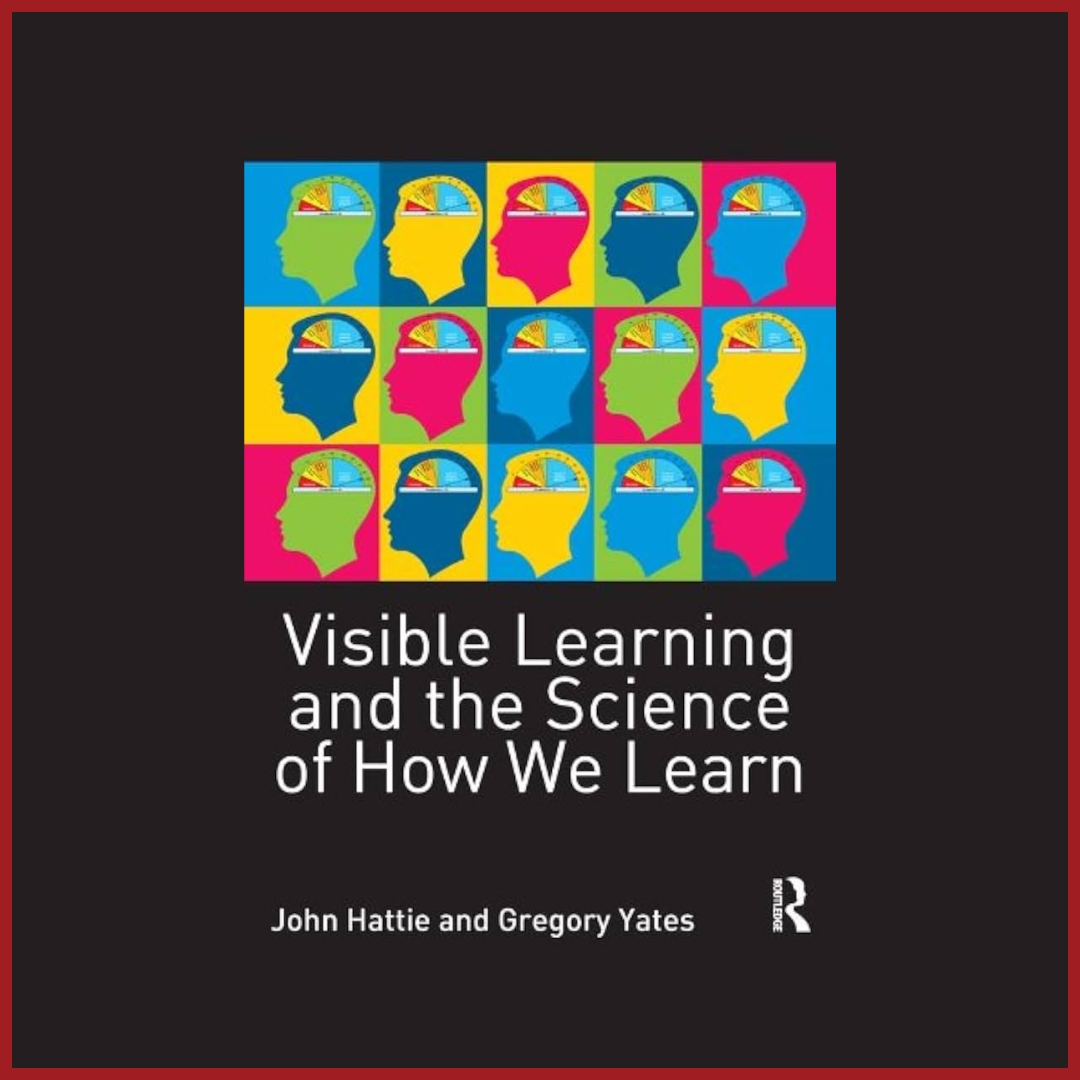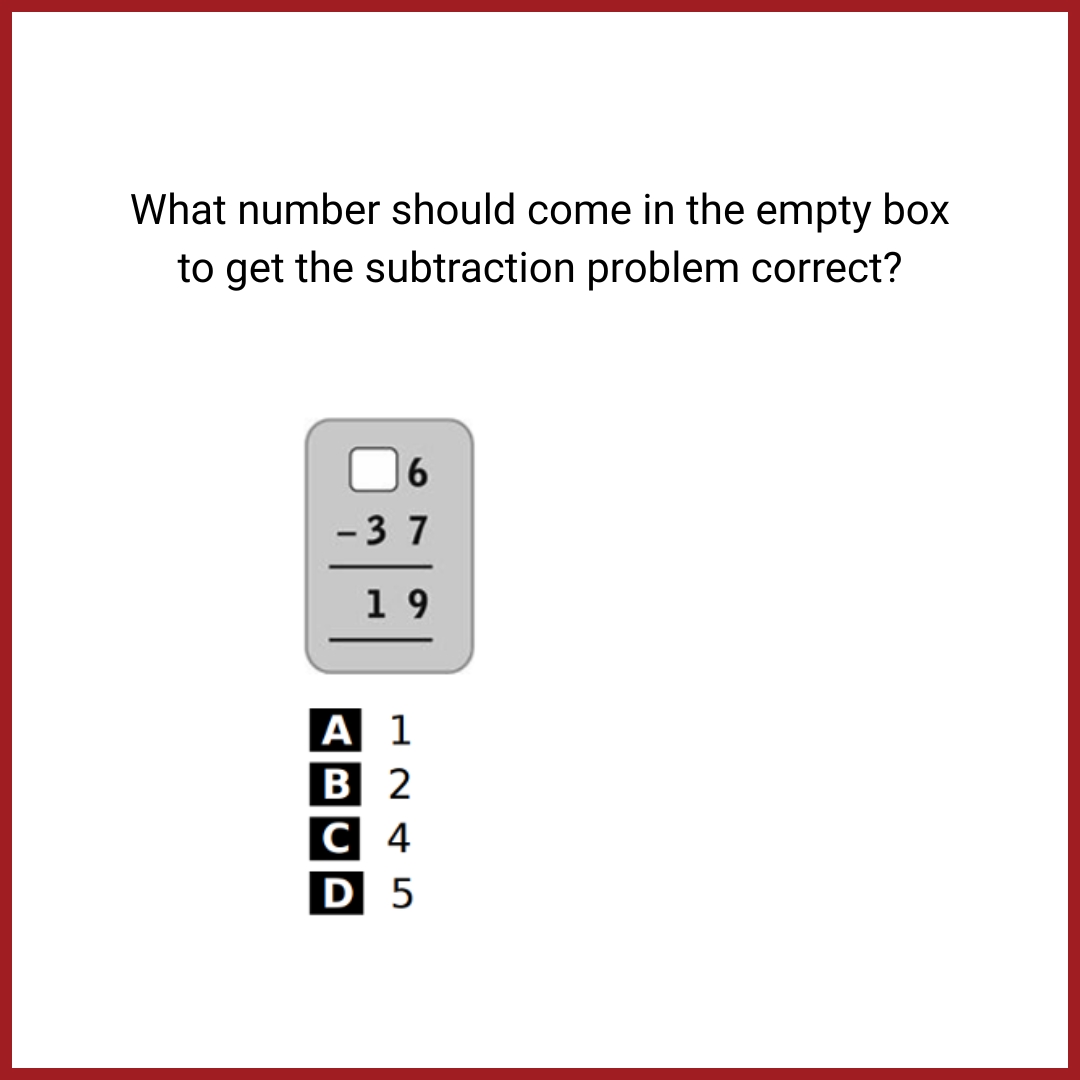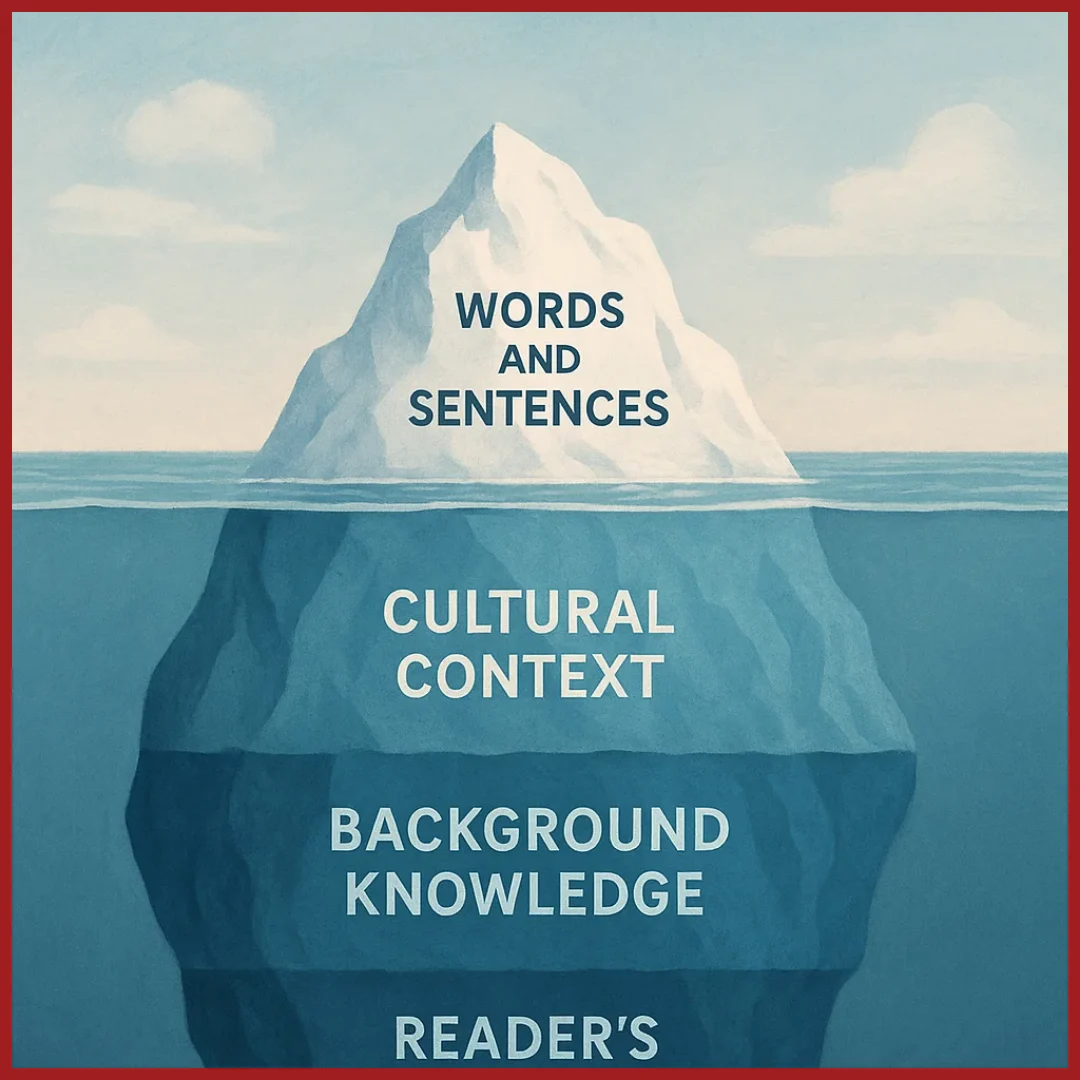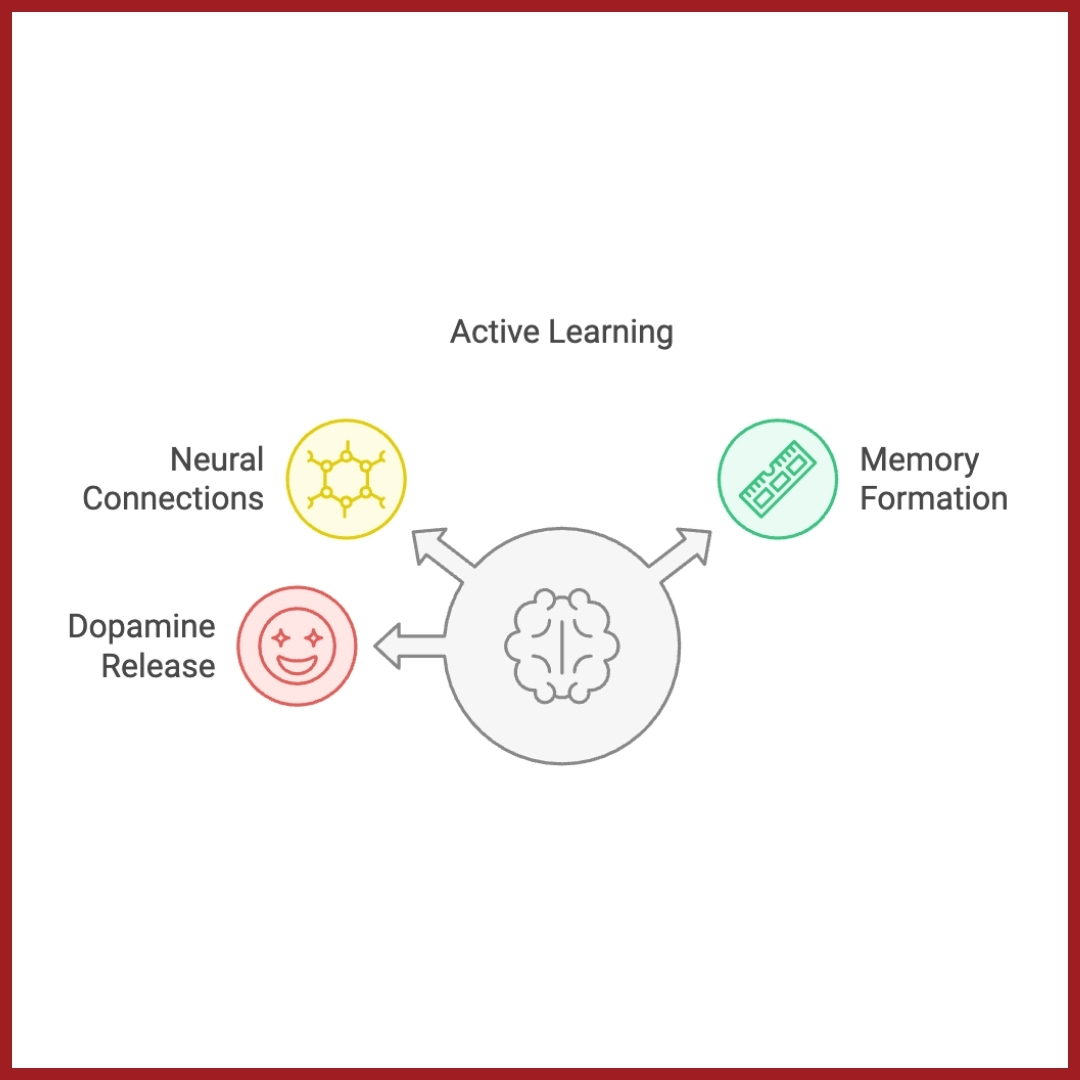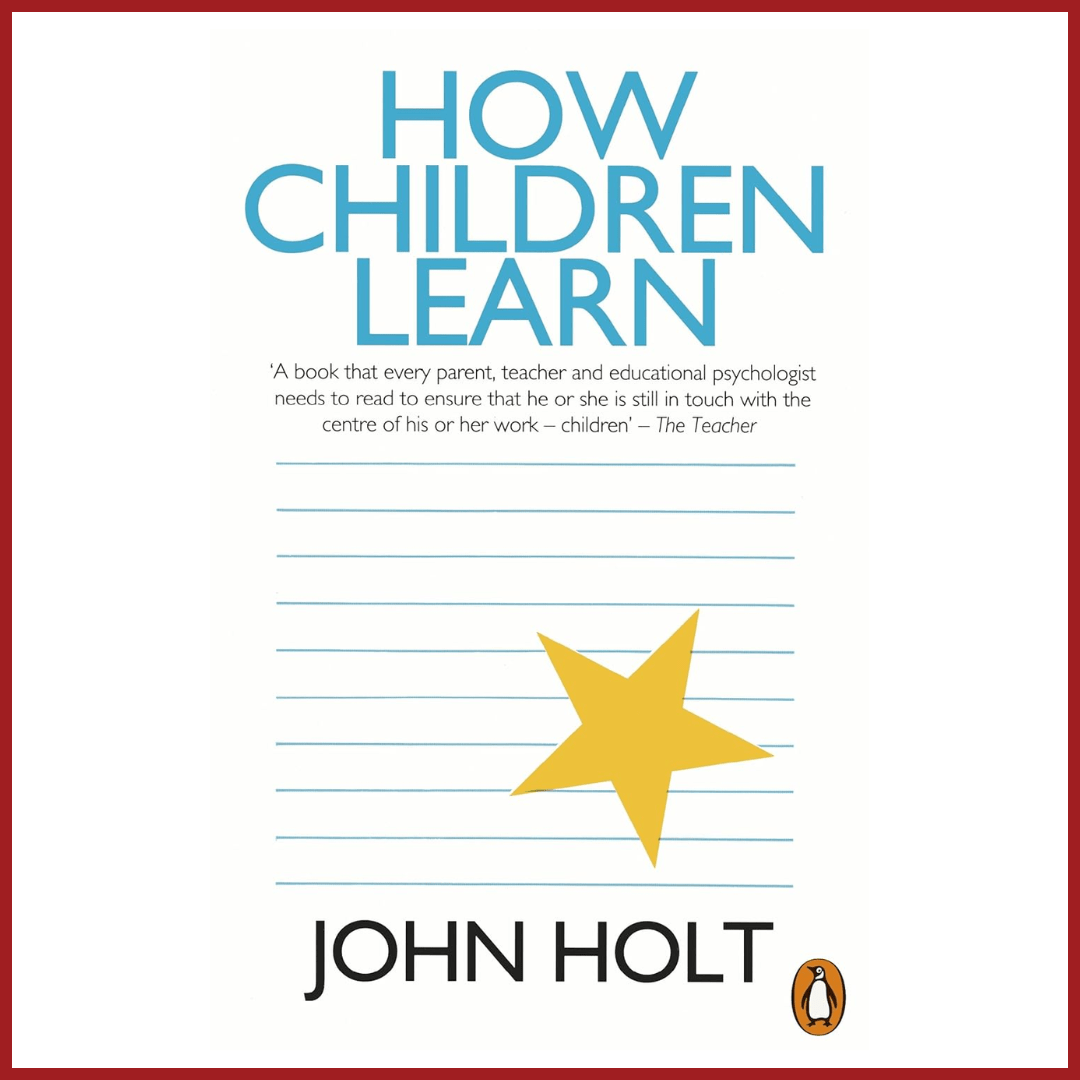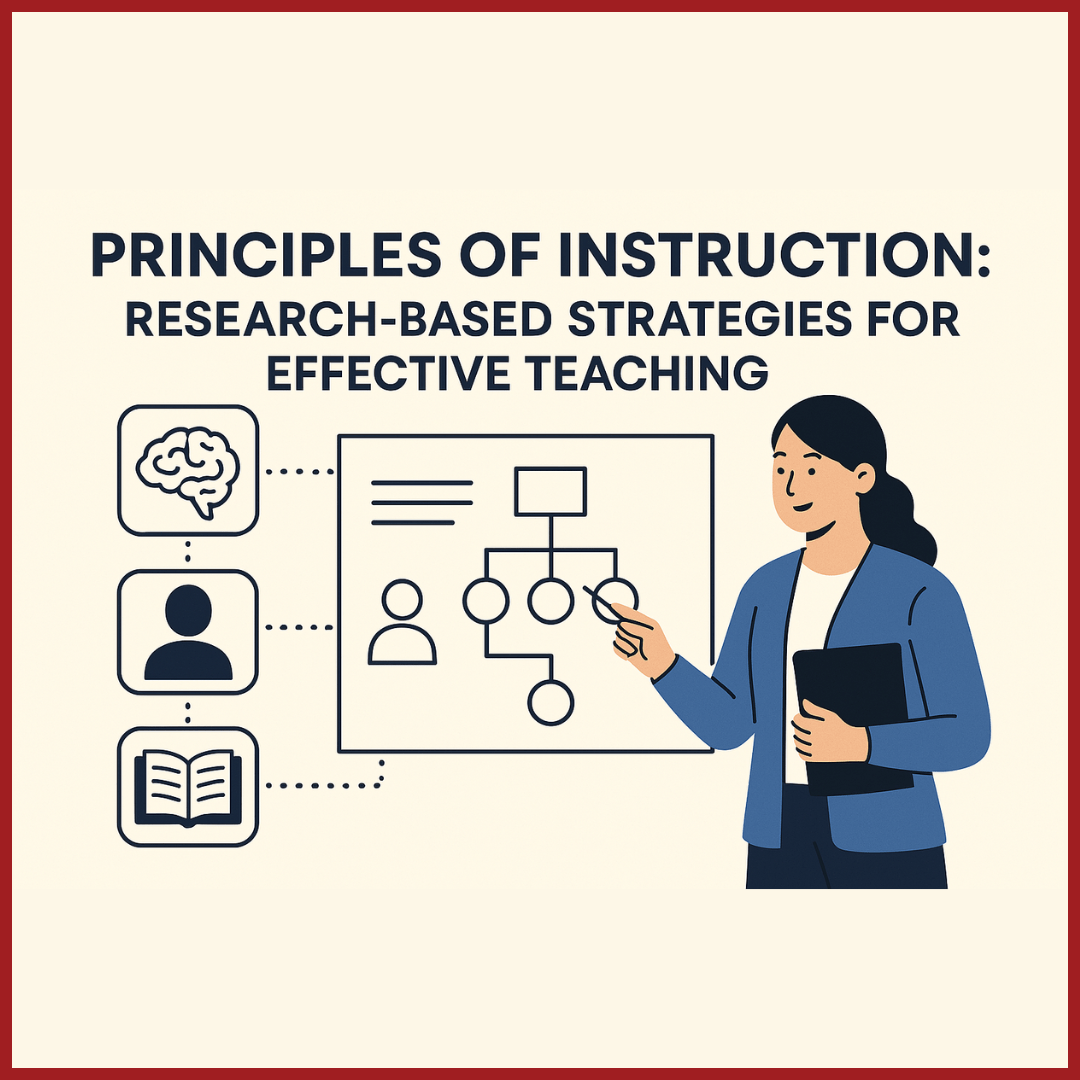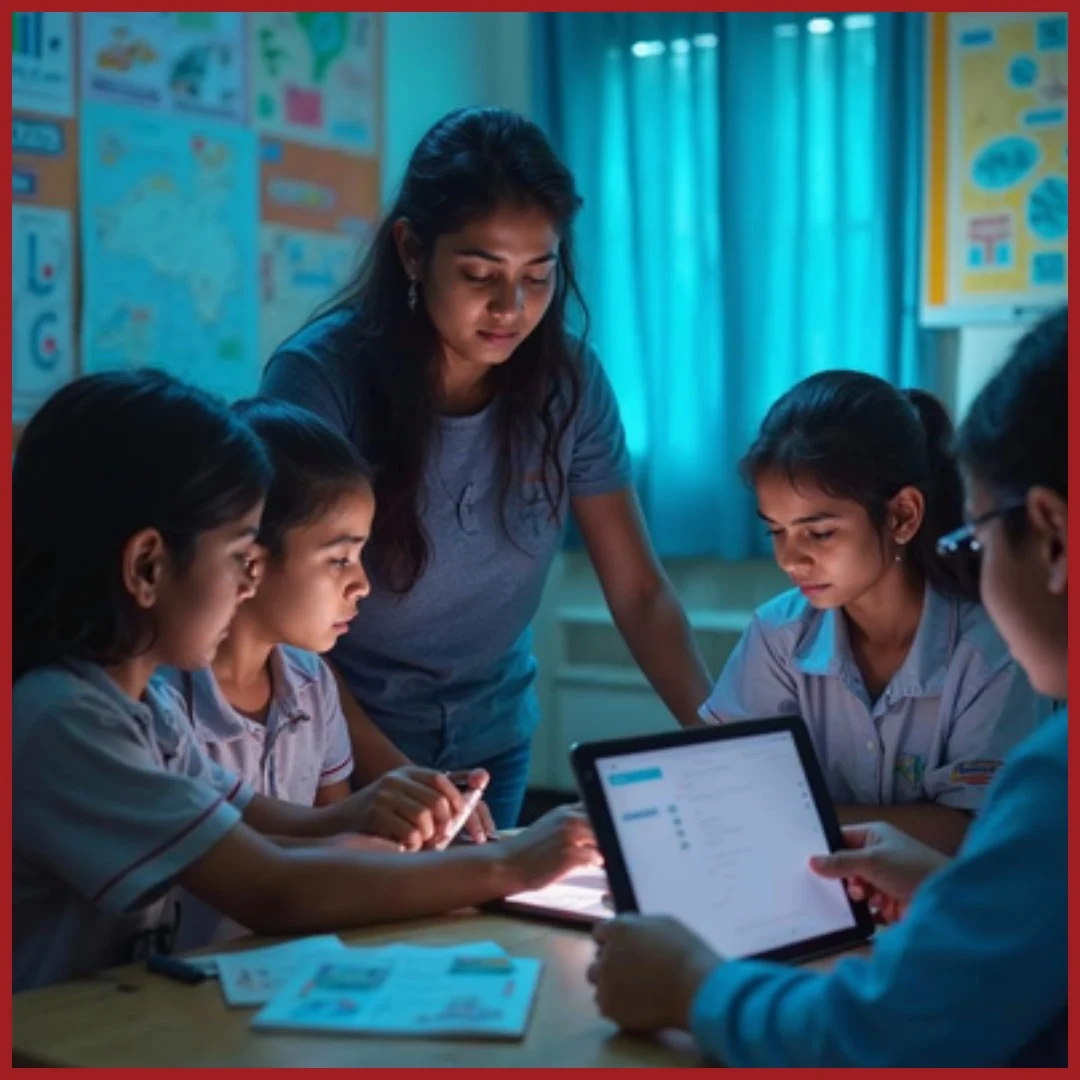Edition 07 | July 2025
Feature Article
Shaping Future-Ready Learners: Building a School-
Family Partnership that Works
Table of Contents:
- Introduction
- Shaping Future-Ready Learners: Building a School-Family Partnership that Works
- The Importance of Collaboration Between Schools and Families
- Research Insights: Impact of Parent-Teacher Relationships on Academic Achievement
- Actionable strategies for Enhancing Parent-Teacher Communication
- Addressing_Challenges in the Parent-Teacher Relationship
- Building a Supportive Village for Future-Ready Learners
- Conclusion: Building a Unified and Resilient Support System
One of the recurring challenges in education is the persistent disconnect between the expectations of schools and parents. India’s schools and families often pull in different directions: teachers seek greater parental engagement, while parents expect the school to carry the entire load. Too often, each side treats learning like a delivery service: parents pack the bag, teachers fill it and sign it off. The reality is far richer and far more complex —demanding a shared sense of ownership.
It appears as if the parents responsibility is to pack the boxes (dress the children appropriately with requisite books and tiffin box) and the teachers’ responsibility is to fill these boxes adequately (with concepts, information etc.), pass them through a quality check (regular assessments and report cards) before each batch is successfully passed on to a new class. While this is an exaggerated and simplistic way of looking at the structure of this relationship between the school and the parents, we understand not only the criticality of this relationship but also the nuanced complexity of this collaboration.
Decades of research confirm this. Epstein et al. (2019) found that ‘when students have support from school, home and community, they feel cared for, develop positive attitudes, and strive to reach their full potential’.


Understanding the Parent-Teacher Dynamic
A strong parent—teacher relationship is the bedrock of a student’s success. Parents provide routines, encouragement and a quiet study corner. Teachers design engaging lessons, diagnose gaps and motivate learners. WhatsApp messages, Learning information systems, quick phone calls and termly PTMs knit these efforts together.
The Role of Parents
Parents play a pivotal role in their children’s education by providing the necessary support and resources at home. This includes creating a conducive learning environment, monitoring homework, and fostering a positive attitude towards education. Parental involvement extends beyond academic support; it encompasses emotional encouragement, moral guidance, and the cultivation of social skills.
The Role of Teachers
Teachers are responsible for imparting knowledge, developing critical thinking skills, and fostering intellectual
curiosity. They act as mentors and role models, guiding students through the complexities of academic subjects
and personal development. Effective teaching involves not only delivering content but also understanding each
student’s unique needs and learning styles.
The Importance of Collaboration Between Schools and Families
Collaboration between schools and families is essential for creating a unified support system that enhances
student learning and development. When parents and teachers work together, they can address challenges more
effectively, set realistic goals, and create strategies that cater to each student’s strengths and weaknesses.
Building Trust and Communication
Trust is the foundation of any successful partnership. Trust grows when schools offer regular, two-way updates
and invite parents to co-set academic and well-being goals. Shared goals ensure pupils hear one message at
home and at school.
Shared Goals and Expectations
Establishing shared goals and expectations ensures that both parents and teachers are working towards the
same objectives. This alignment helps in creating consistent messages and reinforcement strategies that benefit
the student’s overall development.
Research Insights: Impact of Parent-Teacher Relationships on Academic Achievement
Extensive research underscores the significant impact that parent-teacher relationships have on students’ academic achievements. A large Chinese study (China Education Panel Survey-CEPS) of 16,000 students found that:

While India and China may differ in many ways, they share some foundational family structures — such as
strong parental involvement, respect for elders, and a collective sense of responsibility for children’s success.
Building on insights from this and global studies, both parents and schools should remember and nurture these
guiding principles and habits to support the well-being of their children.
- Active Communication: Parents who actively communicate with teachers about their child’s progress tend to have children with higher academic achievements.
- Parental Participation: Involvement in parent meetings and school activities positively correlates with better student performance.
- Teachers’ Active Contact:Teachers who proactively reach out to parents create a more supportive learning environment.
- Willingness to Participate: Parents who are willing to engage in school governance and educational activities see their children perform better academically.
- Class-Level Factors: Teachers’ stress from parental requests and their perception of respect from parents also significantly affect student outcomes.
Actionable strategies for Enhancing Parent-Teacher Communication
Effective communication is the linchpin of a successful parent-teacher relationship. Here are some strategies that educators and parents can adopt to improve their interactions:
Regular Updates and FeedbackTeachers should provide regular updates on students’ progress through newsletters, emails, and parent-teacher meetings. feedback helps parents understand their child’s strengths and areas needing Constructive improvement.
-
Weekly Snapshot (per class):
- Share a 50-word WhatsApp update every week from the class teacher — include a concept covered, a general observation, or a student shout-out.
- Example: “This week, we explored fractions through food items. Most students could relate and solve real-life problems. Please ask them how they’d share 5 rotis among 3 people!”
- Monthly Progress Glimpse (class-based):
Instead of individual mails, send a short classroom update highlighting:- One strength area for the class
- One learning focus for the upcoming month
- Example: “Class 6A showed strong comprehension in reading non-fiction. In the coming weeks, we’ll work on writing summaries with key points.”
Use of Technology
Leveraging technology such as school management software, mobile apps, and virtual meeting platforms can
facilitate
seamless communication. Tools like WhatsApp can be used for quick updates and informal
interactions, while formal communications can be handled through email or dedicated platforms.Offer Saturday time slots and online links (Zoom/Google Meet) for travelling or working parents. This
increases turnout and respects parents’ time.
Inclusive Meetings
Parent-teacher meetings should be inclusive and accommodating to parents’ schedules. Providing multiple
time
meeting options can increase participation and ensure that all parents have the
virtual
and
slots
opportunity to engage.Share summary notes or learning briefs in both vernacular and English to help all parents follow along —
especially first-generation learners’ families.
Addressing Challenges in the Parent-Teacher Relationship
Despite the benefits, several challenges can hinder effective collaboration between parents and teachers.
Identifying and addressing these challenges is crucial for maintaining a healthy relationship.
1. Unequal Status and One-Way Communication
In many cultural contexts, there is an inherent power imbalance between parents and teachers. Parents feel hesitant to speak up or question the teacher due to cultural deference or lack of confidence.
What You Can Do:
Begin PTMs by inviting the parent to share their observations first — about the child’s behaviour, learning habits, or changes they’ve noticed. This shifts the dynamic, gives parents voice, and builds mutual respect.
Example Script for Teachers:
“Before | share about Dev, I’d love to hear from you — how has he been at home with studies or behaviour lately?”
2. Lack of Initiative from Parents
Many parents don’t attend PTMs — due to work, distance, or feeling that it’s not necessary.
What You Can Do:
A.Offer hybrid options (phone/online + physical) — especially for working parents or those living far away.
B.For rural areas, coordinate pooled transport with school vans or a community volunteer.
3.Teachers’ Stress and Perception of Respect
Teachers often experience stress from managing parental expectations and requests. Feeling heard and supported reduces teacher burnout and improves confidence when interacting with parents.
What You Can Do:
A.Invest in CPD (Continuous Professional Development) workshops focused on:Handling difficult conversations Building empathy with parents Effective communication techniques
B.Set up peer-support groups among staff — where teachers can share challenges, role-play tough scenarios, and reflect on solutions together.
1. Unequal Status and One-Way Communication
In many cultural contexts, there is an inherent power imbalance between parents and teachers. Parents feel hesitant to speak up or question the teacher due to cultural deference or lack of confidence.
What You Can Do:
Begin PTMs by inviting the parent to share their observations first — about the child’s behaviour, learning habits, or changes they’ve noticed. This shifts the dynamic, gives parents voice, and builds mutual respect.
Example Script for Teachers:
“Before | share about Dev, I’d love to hear from you — how has he been at home with studies or behaviour lately?”
2. Lack of Initiative from Parents
Many parents don’t attend PTMs — due to work, distance, or feeling that it’s not necessary.
What You Can Do:
A.Offer hybrid options (phone/online + physical) — especially for working parents or those living far away.
B.For rural areas, coordinate pooled transport with school vans or a community volunteer.
3.Teachers’ Stress and Perception of Respect
Teachers often experience stress from managing parental expectations and requests. Feeling heard and supported reduces teacher burnout and improves confidence when interacting with parents.
What You Can Do:
A.Invest in CPD (Continuous Professional Development) workshops focused on:
B.Set up peer-support groups among staff — where teachers can share challenges, role-play tough scenarios, and reflect on solutions together.
Building a Supportive Village for Future-Ready Learners
Creating a supportive network that includes schools, families, and the community is essential for preparing
students to thrive in an ever-evolving world. Here’s how each stakeholder can contribute:
Schools
Schools
- Innovative Teaching Methods: Implementing modern pedagogical approaches that cater to diverse learning styles.
- Holistic Development Programs: Offering extracurricular activities, counseling services, and career guidance to support students’ overall growth.
- Continuous Professional Development:Ensuring that teachers are equipped with the latest educational tools and techniques to engage and inspire students.
- Active Participation: Engaging in school activities, supporting homework routines, and fostering a positive attitude towards education at home.
- Emotional Support: Providing a nurturing environment that encourages students to take risks, explore interests, and develop resilience.
- Collaborative Efforts: Working closely with teachers to address challenges and celebrate successes, creating a unified support system for the student.
- Resource Sharing: Providing access to educational resources, mentoring programs, and real-world learning opportunities.
- Partnerships: Collaborating with local businesses, organizations, and institutions to offer internships, workshops, and experiential learning experiences.
- Advocacy: Promoting the value of education and supporting policies that enhance school-family- community collaboration.
Conclusion: Building a Unified and Resilient Support System
Preparing students for the future is not the responsibility of schools alone — it is a shared mission that calls for deep, intentional collaboration between families, educators, and the wider community. When schools foster strong parent-teacher relationships, maintain transparent communication, and work through challenges together, they create not just academic success but confident, compassionate individuals.
In the Indian context, this collaboration must move beyond formal parent-teacher meetings to include regular classroom updates, community-based learning opportunities, and multilingual engagement. School leaders can empower parents as allies, while parents can champion schools in return — forming a true learning ecosystem.
By reimagining the school-home partnership as a living, evolving village, we create a culture where every child feels seen, supported, and inspired. It’s this unity — built on trust and shared purpose — that lays the foundation for a resilient generation ready to contribute meaningfully to an ever-changing world.
Research Studies:- Epstein, J. L., et al. (2019)
- China Education Panel Survey (CEPS)
- Zhang, Z. (2015). China Education Panel Survey (CEPS): Design, Methods, and Data. Renmin & X, Wu, o University.
Are these principles already part of your teaching toolkit? We'd love to hear your story!
Share how you bring these principles to life in your classroom and inspire fellow educators. Write to us at prakhar.ghildyal@ei.study and tell us about your unique teaching journey
Enjoyed the read? Spread the word
Interested in being featured in our newsletter?
Write to us here.
Feature Articles
Join Our Newsletter
Your monthly dose of education insights and innovations delivered to your inbox!
powered by Advanced iFrame

